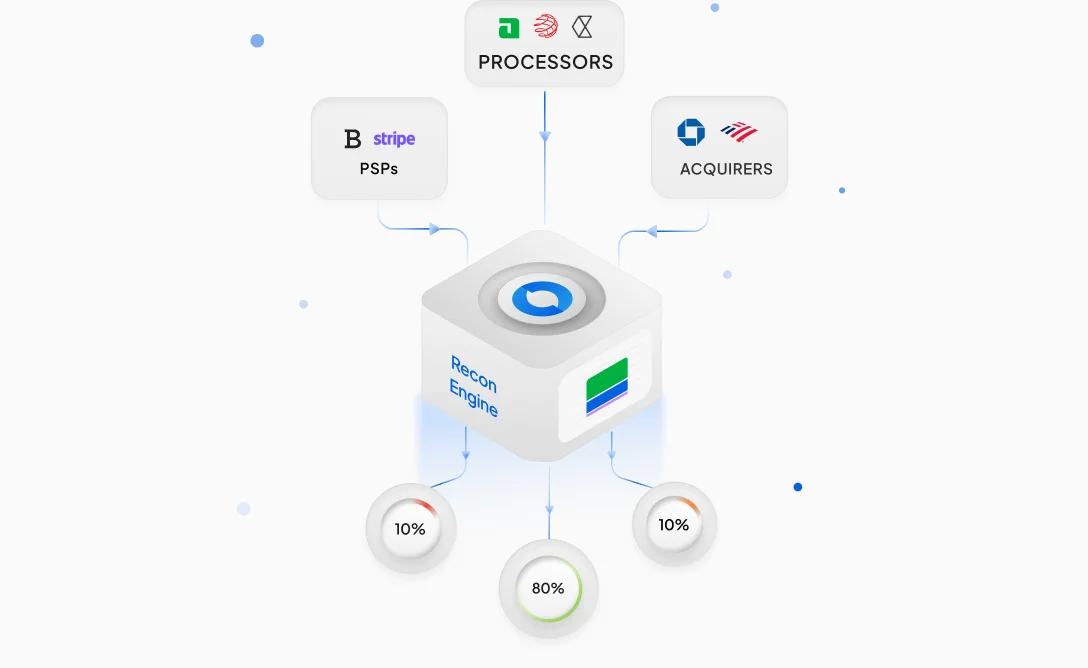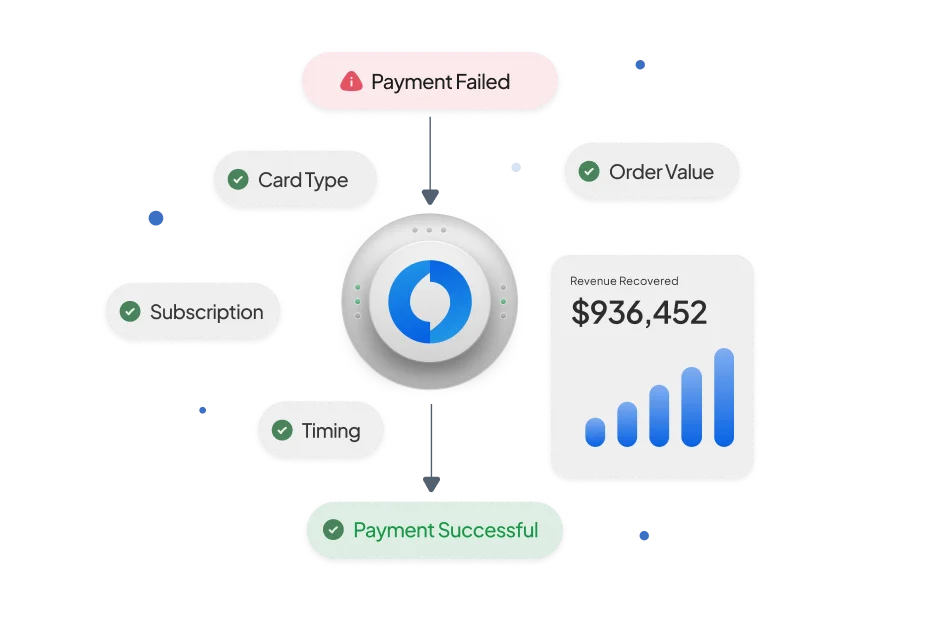The payments landscape in Europe is one of the most dynamic in the world, yet it is also among the most fragmented. Serving a population of over 500 million consumers across 27 EU member states, plus the United Kingdom and neighbouring trade partners, Europe accounts for nearly one-sixth of the global economy.
But the way money moves across this vast terrain is neither uniform nor straightforward. Local preferences, siloed domestic schemes, divergent regulatory interpretation, and entrenched consumer habits combine to create a highly complex ecosystem. Efforts at harmonisation, such as the Single Euro Payments Area (SEPA) and the second Payment Services Directive (PSD2) have not yet resulted in a more unified ecosystem.
For merchants, this means cross-border commerce requires more than simply switching on payment acceptance. Delivering seamless, trusted, and compliant transactions across Europe involves tackling complexity head-on.
Market Size
Europe is the third-largest eCommerce market globally, after Asia-Pacific and North America. Its potential is huge, but its inconsistencies are stark.
- Germany, France, and the United Kingdom represent the largest markets by sales value, together making up more than half of Europe’s online retail sector.
- The Nordics are at the forefront of mobile-first adoption, where wallets and account-to-account (A2A) payments dominate daily commerce.
- Eastern European nations such as Hungary, and the Czech Republic are experiencing rapid growth but remain card-heavy.
Key trade corridors highlight the operational complexity: intra-Nordics flows, DACH to Southern Europe, and UK to EU settlements require agility in currencies, fraud protection, and real-time clearing. For merchants, the prize is vast, but so are the logistical demands.
Fragmentation in Payment Methods
Cards remain the backbone, still accounting for over 40% of eCommerce spend, supported by Visa, Mastercard, and domestic schemes. Yet this dominance has been eroded by a surge in localised alternatives - largely spun up as domestic only propositions:
- iDEAL in the Netherlands: Used by more than 70% of online shoppers.
- Blik in Poland: in excess of 50% of all eCommerce transactions in Q1 2025.
- Bizum in Spain: across 27 million users account for 90% of P2P payments and 15% of eCommerce payments.
- Vipps in Norway: adopted by 75% of adults and facilitates about 35% of online purchases.
- Swish in Sweden: 80% adoption accounting for 39% of the checkout share.
Collectively, these schemes illustrate both Europe's ingenuity and its deeply fragmented nature. For merchants, integration across multiple countries means supporting a patchwork of local methods rather than relying on a single consistent flow.
Regulation as a Driver of Change
The European Union has sought to build a unified payments market for over a decade.
- SEPA (2014) created a common framework for bank transfers across 41 countries.
- PSD2 (2018) introduced Strong Customer Authentication (SCA), mandated access to bank APIs, and laid the groundwork for Open Banking.
- SEPA Instant Payments Regulation (2024–25) now requires all payment service providers in the eurozone to both send and receive instant SEPA transfers by October 2025. It also introduces price parity with traditional transfers, mandatory Verification of Payee (VoP), and the transition to ISO 20022 for enhanced data and automation.
These reforms aim to accelerate real-time settlement and bolster security. However, infrastructure gaps remain: legacy systems at financial institutions, cultural differences in payment adoption, and national regulatory inconsistencies ensure Europe’s diversity persists.
Digital Wallets, Identity, and Embedded Finance
Consumer preference continues to outpace regulation. Digital wallets accounted for nearly 60% of Europe’s eCommerce spends in 2024, with projections of 75% by 2030. Embedded finance, including Buy Now, Pay Later (BNPL), scaled from 2% to 10% of value in under a decade.
Further disruption is imminent:
- The Digital Euro, currently under development at the European Central Bank, promises pan-European instant settlement by 2026.
- The European Digital Identity Wallet (EUDI), set for 2026–27, will introduce a continent-wide trust framework for secure identity verification.
While these initiatives may strengthen sovereignty and interoperability, for merchants they add yet more rails and integrations to support.
From domestic to cross-border interoperability
In recent developments, cross-border interoperability across payment schemes is now taking place.
| Initiative | Schemes | Coverage | Aim |
| EuroPA | Bizum, MB WAY, Bancomat Pay, Blik, Vipps Mobile Pay, Blink, others | Spain, Portugal, Italy, Poland, Nordics, Bulgaria | Interoperability for P2P, A2A, and retail payments |
| EPI/Wero | Wero, domestic schemes | Germany, France, Belgium, Netherlands | A pan-European A2A wallet with cross-border integration |
| EMPSA | Swish, Twint, Bancontact, Bluecode, Vipps, Mobilepay, BLIK, Bizum, others | Sweden, Switzerland, Belgium, Luxembourg, Poland, Finland, Portugal, Austria, Germany, Norway, Denmark, Finland, Spain, others | Mobile payments interoperability across member solutions |
The Merchant’s Reality: Key Challenges
Expansion into Europe requires navigating intertwined pressures:
- Regulatory fragmentation: inconsistent adoption of PSD2, consumer protection and other regulatory requirements across markets.
- Enabling local payment methods: requiring separate PSP relationships, connectivity, checkout experiences, fraud risk and scheme operating rules.
- Legacy infrastructure: slow and inconsistent adoption by banks and PSPs.
- Fraud exposure: instant transfers and A2A methods amplify the risk of scams and authorised push payment fraud.
- Checkout friction: redirects, brand inconsistency, and SCA hurdles cause abandonment and drop in conversion.
- Opaque costs: hidden or rising fees, interchange, and unfavourable FX charges add operational burden.
The collective impact: higher costs, lower conversion rates, and slower time-to-market for merchants trying to enter new corridors quickly.
The Road Ahead: Trends Reshaping Payments
The medium-term outlook signals greater disruption but also greater efficiency:
- Artificial intelligence will power behavioural fraud analytics, dynamic authentication, and smarter compliance.
- A2A adoption will accelerate as SEPA Instant becomes universal and cross border integration of domestic schemes gains traction.
- Embedded financial services will expand, embedding credit and payment options natively into shopping experiences.
- New regulation (PSD3, PSR, eIDAS 2.0) will raise standards on fraud, Open Banking APIs, operational resilience and digital identity.
If anything is clear, it is that payments will become faster, safer, and data-driven, but merchants must adapt dynamically to reap the benefits.
Why Composable and Modular Architecture?
Traditional integrations cannot cope with the scale of Europe’s fragmentation. Each market has unique payment methods, regulatory rules, and consumer preferences. Attempting to integrate each method separately leads to ballooning costs and unmanageable complexity.
A composable, modular architecture offers a clear solution. This approach breaks down payments infrastructure into flexible building blocks, connectivity, local or alternative payment methods, fraud management, compliance, real-time rails, dynamic checkout experience, 3DS, Tokenisation, unification of payment data and analytic services that can be reconfigured as markets and regulations change.
The benefits to merchants are significant:
- Adaptability: new schemes or regulatory updates can be plugged in without re-engineering.
- Scalability: multiple jurisdictions and methods can be harmonised under one orchestration layer.
- Efficiency: smart routing and modular fraud checks reduce costs whilst improving experience.
- Future-readiness: from the Digital Euro to PSD3 & PSR, Digital Identity Wallet - composable architecture makes evolving compliance seamless.
In Europe, where fragmentation is enduring, modularity is the only way to stay agile and competitive.
How can Juspay power European Payments?
This is where Juspay brings tangible global expertise. Operating in some of the world’s most competitive and fast-evolving payments markets, we have helped leading enterprise merchants unify and optimise their payment ecosystems. By delivering a composable, modular payments stack that adapts in real time to regulatory shifts, market complexity, and consumer demands, Juspay has enabled some of the largest global businesses to thrive while maintaining agility and resilience.
Key capabilities include:
- Composable infrastructure: API-driven stack built for rapid adaptation.
- Rail-agnostic orchestration: seamless routing across cards, instant A2A transfers, and wallets.
- Conversion-driven checkout: native SDKs, one-click biometric authentication, stored credentials, and branding control.
- Authentication suite: AI-driven fraud detection, intelligent 3DS, network tokenisation, all aligned with GDPR, PSD2, SEPA Instant, and the anticipated next wave of upcoming regulatory reforms.
- Data and Analytics: Equipping merchants with real-time visibility into payment performance and customer behaviour, while intelligent dashboards, cost transparency, and automated reconciliation give merchants accuracy and agility to optimise decisions.
- Scale & resilience: with five-nines availability and low-latency APIs, Juspay already powers billions of transactions in India’s high-frequency marketplace.
Final Thoughts
Europe’s payments ecosystem is both fragmented and fast-changing, a marketplace shaped by consumer choice, regulatory ambition, and technological innovation. From the dominance of iDEAL and Blik to the coming Digital Euro, diversity is not going away.
For enterprise merchants, success does not come by eliminating fragmentation, it comes by orchestrating it into a unified, scalable, and compliant foundation. This is precisely what composable, modular architecture enables.
And this is where Juspay, already tested and proven in India’s hyper-dynamic payments landscape, stands out as a payments engineering partner. By harmonising diversity, reducing costs, and eliminating checkout friction, Juspay turns payments complexity from a challenge into an opportunity for growth.
In Europe’s ongoing payments revolution, the winners will not simply be those with the widest coverage, but those who can unify the continent’s diverse financial rails into seamless consumer journeys. Juspay provides the foundation to make that future possible.
























